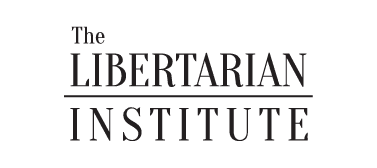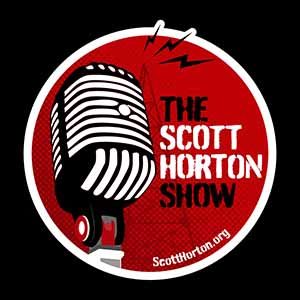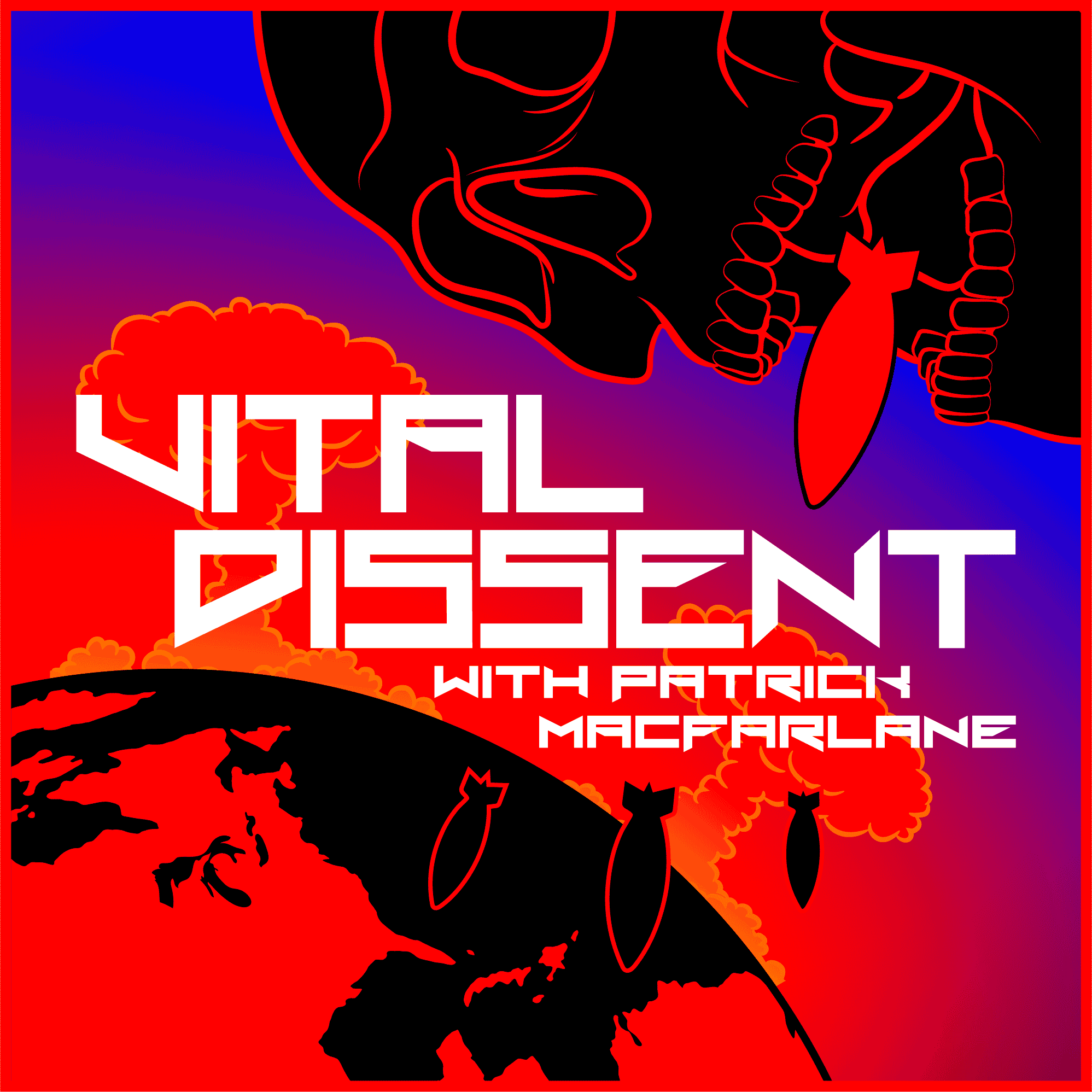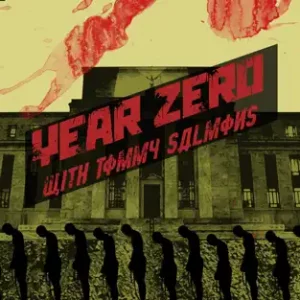On May 22, 2025, the U.S. House of Representatives narrowly passed H.R. 1, the so-called “One Big Beautiful Bill Act,” a sprawling reconciliation package championed by President Donald Trump as “arguably the most significant piece of legislation” in American history. Clocking in at over eight-hundred pages, this behemoth combines tax cuts, spending increases, a debt ceiling hike, and sweeping policy changes—from border security to energy deregulation. Supporters hail it as a bold step toward economic revitalization and national sovereignty. But from a libertarian perspective, this bill is a mishmash of fiscal recklessness, interventionist overreach, and political theater that fails to address the root causes of America’s economic and social challenges.
At its core, H.R. 1 extends the 2017 Tax Cuts and Jobs Act, preventing a 22% tax increase for the average taxpayer by making individual and estate tax cuts permanent. It adds new breaks, like eliminating taxes on tips, overtime pay, and up to $10,000 in auto loan interest for U.S.-made cars. The standard deduction rises modestly—$1,000 for individuals, $2,000 for joint filers—while small businesses get a boosted Section 199A deduction and restored R&D expensing. Seniors earning under $150,000 gain a $4,000 deduction, and the SALT cap jumps to $40,000 for households under $500,000. On paper, these sound like wins for taxpayers. But scratch the surface, and the cracks appear.
The Tax Foundation estimates these tax provisions alone could add $4 trillion to the federal deficit over the next decade. Combined with new spending—$46.5 billion for border walls, $45 billion for ICE facilities, $14 billion for deportations, and $12.5 billion for FAA modernization, among others—the bill could push the national debt, already at $36 trillion, toward $56 trillion by 2035. The Congressional Budget Office projects high earners will see a 4% boost in resources by 2027, while the poorest taxpayers could lose 4% by 2033 due to cuts in Medicaid and SNAP. This isn’t tax relief; it’s a redistribution of burdens, dressed up as populism.
What cuts it makes, such as $313 billion from SNAP, might appeal to those frustrated with welfare bloat, but they sidestep the deeper issue: a bloated federal government that spends $2 trillion more annually than it collects. Instead of addressing structural inefficiencies, H.R. 1 piles on new commitments—like $9 billion for military quality-of-life improvements and “Trump Accounts” seeding $1,000 for newborns, with parental contributions up to $5,000 annually. These are political gimmicks, not solutions.
Proponents claim H.R. 1 will spark 5.2% GDP growth over four years, delivering $13,300 in take-home pay and $11,600 in higher wages per worker. These figures are optimistic at best, fantastical at worst. The bill’s $4 trillion debt ceiling hike merely kicks the can down the road, avoiding default but ignoring the $200 trillion in unfunded liabilities looming over Social Security and Medicare. As economist Murray Rothbard warned in Power and Market, government interventions distort capital allocation, favoring political cronies over market efficiency. H.R. 1’s mix of tax breaks for specific industries, punitive tariffs on remittances, and selective deregulation exemplifies this, creating winners and losers by fiat rather than fostering genuine competition.
The bill’s passage through the House, with a razor-thin 215-214 vote, reflects its divisive nature. Two Republicans voted no, and one voted present, signaling unease within the GOP. In the Senate, where Republicans hold a 53-seat majority, at least five senators have voiced concerns. The bill’s fate hinges on revisions during the post-Memorial Day recess, with a target for President Trump’s signature by July 4, 2025. But even if it passes, its economic incoherence guarantees trouble—and as a general rule, spending bills leave the Senate worse than they came in. As it is, the Center on Budget and Policy Priorities warns of ten million people losing healthcare and food assistance, while markets are already jittery, with recession risks rising and yields on U.S. debt zooming.
Libertarians should see through the rhetoric: H.R. 1 isn’t a path to prosperity but a continuation of the same spendthrift, interventionist policies that have ballooned the national debt and eroded economic freedom. The United States doesn’t need more tax tinkering or border walls—it needs a fundamental rethink of government’s role. As economist Ludwig von Mises argued, prosperity flows from liberty, not state-directed schemes. Cutting taxes without slashing spending is a half-measure; funding new programs while ignoring entitlements is reckless. The national debt, now 120% of GDP, can’t be fixed with accounting tricks or populist promises. It requires dismantling the warfare-welfare state, not dressing it up in new clothes.
H.R. 1’s supporters may call it “beautiful,” but beauty is in the eye of the beholder. To those who value economic freedom and fiscal sanity, it’s a clumsy, costly misstep. The Senate has a chance to pare it back, but don’t hold your breath. Real reform—shrinking government, freeing markets, and confronting the debt head-on—remains as distant as ever. Until then, H.R. 1 is just another chapter in the saga of Washington’s fiscal folly, leaving taxpayers and future generations to foot the bill.
